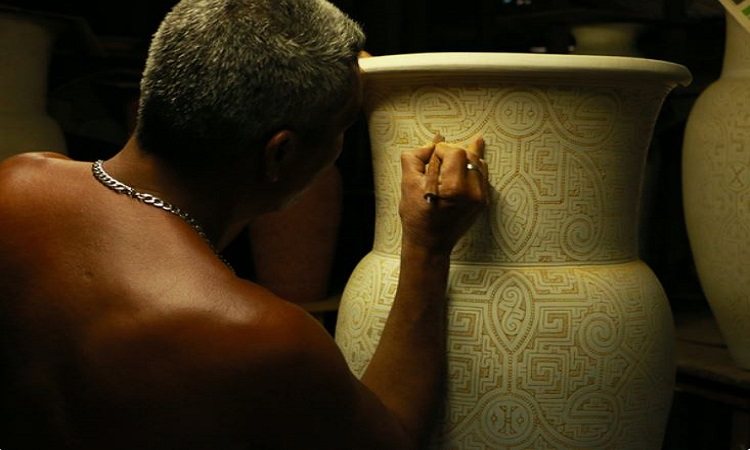Study reveals art generates emotions in human body
People all over the world are drawn to making and consuming art, and human emotions are a key theme in visual, musical, and performance art. Read further on Dynamite News:

Turku: People all over the world are drawn to making and consuming art, and human emotions are a key theme in visual, musical, and performance art. Nevertheless, the mechanisms behind the emotions evoked by art are still poorly understood.
A new study reveals how viewing visual art affects our emotions. The research subjects viewed different kinds of artworks and described the feelings that the art stimulated in their bodies. The researchers recorded the subjects' eye movements while they viewed the art. In addition, the subjects assessed what kind of emotions each piece of art evoked.
Also Read |
Feelings determine how you hug others
"Viewing the art evoked many different kinds of feelings and emotions in people. Even though many of the pieces handled sad or scary topics, the emotions that the people experienced were mainly positive. The bodily sensations evoked by art also contributed to the emotions: the stronger the body's reaction was to the artwork, the stronger were the emotions experienced by the subject," says Professor Lauri Nummenmaa from the Turku PET Centre at the University of Turku, Finland.
"In the artworks, human figures were the most interesting subject and were looked at the most. People have a tendency to empathise with each other's emotions and this is probably also the case when we view human figures in art. The human emotions presented in art pieces can be absorbed by the viewer unnoticed, through so-called mirroring," says Academician Riitta Hari from Aalto University.
Also Read |
Did you know? Marijuana can relieve your pain!
Altogether 1,186 people from different countries participated in the study and they assessed the emotions evoked by over 300 artworks. The research was conducted with online surveys and eye movement recordings in the laboratory.
"Our results suggest that our bodies have a significant role in the aesthetic experience. Bodily sensations can draw people to art: art evokes feelings in the body, and such stimulation of the body's pleasure centres feels pleasant to the viewer. This is why the emotions and bodily sensations evoked by art can be used, for example, in mental health rehabilitation and care," Professor Nummenmaa recounts. (ANI)
 Dynamite News
Dynamite News 